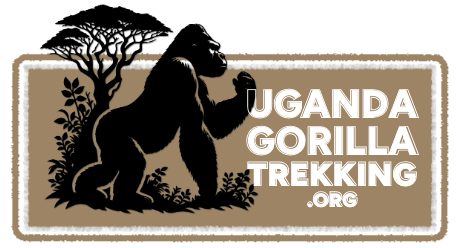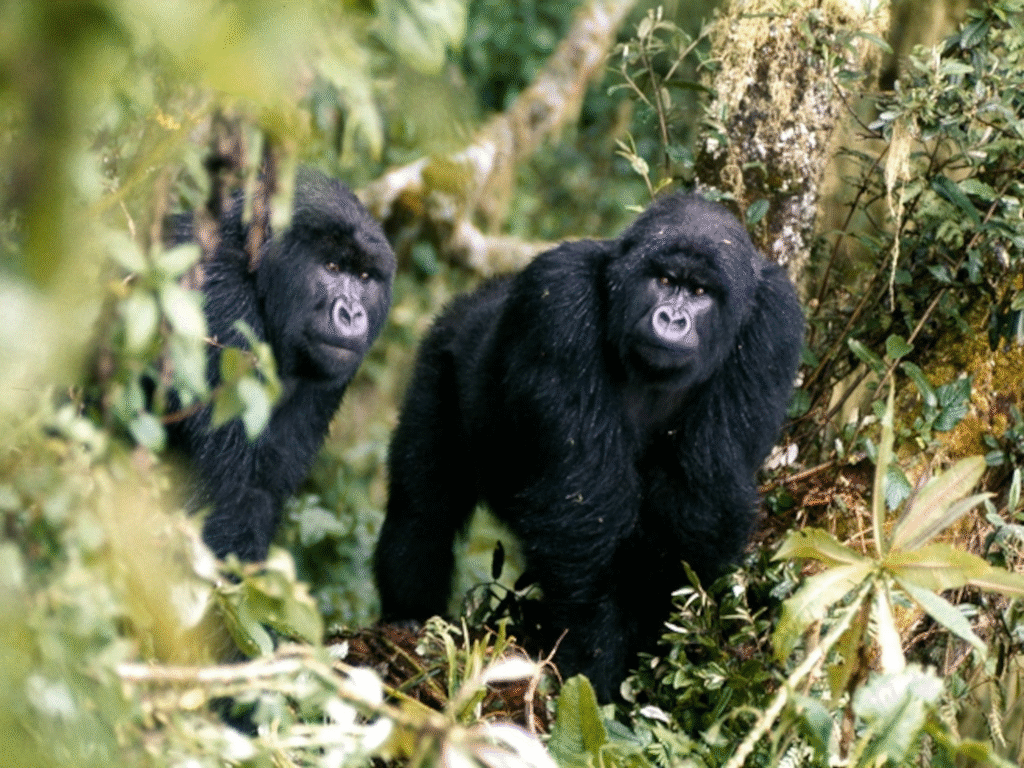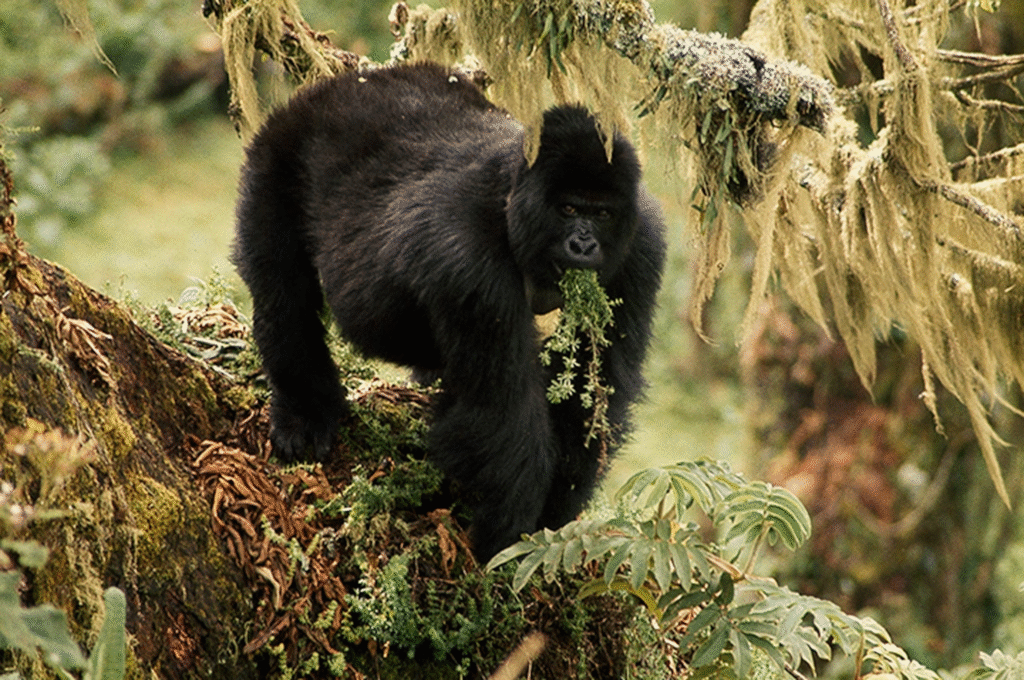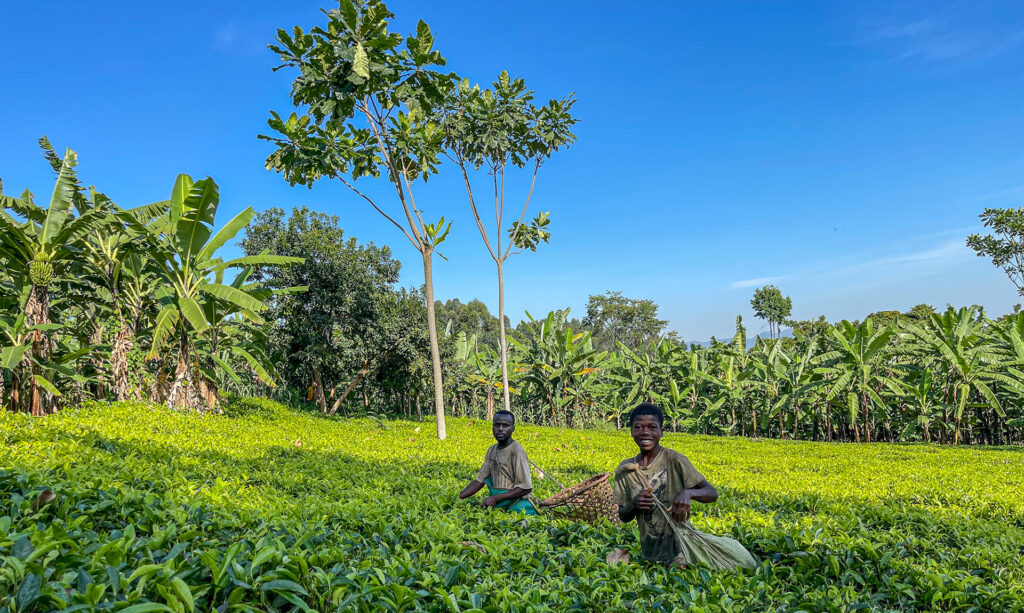Where the soul of the forest whispers in the mist
Uganda is home to one of Africa’s most intricate social landscapes, where more than 56 distinct ethnic groups form a vibrant mosaic of identities, customs, and belief systems. Spread across its regions—from the central kingdoms to the pastoral northeast—each group carries a cultural story passed down through generations. This diversity is reflected in the more than 40 native languages spoken, the elaborate traditional ceremonies still honored today, and the distinct ways of life that continue to thrive across rural villages, urban centers, and borderland communities. These differences, though wide-ranging, are bound by shared values of hospitality, resilience, and strong kinship ties.
As Uganda continues to evolve in the modern era, its ethnic and cultural diversity remains one of its greatest strengths. In the cities, interethnic friendships and marriages are common, while in rural areas, age-old customs still guide everyday life. Cultural heritage institutions, restored kingdoms, and annual festivals keep traditional knowledge alive while bridging it with today’s fast-changing society. Uganda’s people represent more than the sum of their origins—they are living expressions of a country that has learned to grow through diversity, stand through adversity, and celebrate identity without forgetting unity.
So lace up your boots, grab your camera, and prepare to meet the wild — this is where your gorilla trekking dreams and unforgettable safari adventures truly begin.
Truly Iconic Highlights in Uganda
Trek through Bwindi’s mystical rainforest and meet the endangered mountain gorillas in their breathtaking natural home.
Encounter mountain gorillas and golden monkeys on Mgahinga’s misty volcanic trails, where culture and alpine wildlife thrive together.
Unwind after your trek with a peaceful canoe ride across Lake Bunyonyi, Uganda’s most tranquil and scenic highland lake.
Enhance your gorilla trekking safari with an optional chimpanzee encounter in Uganda’s lush forests, adding depth and diversity to your primate adventure
Uganda’s People and Ethnic Diversity: A Tapestry of Cultures and Shared Identity
In the heart of Africa, where the landscapes are as varied as the skies are wide, lies Uganda—a country not only blessed by nature but deeply enriched by the diversity of its people. Uganda’s most powerful story is not just written in its lakes, forests, or wildlife—it lives in the hearts, customs, and languages of its citizens. Home to over 56 officially recognized ethnic groups, Uganda stands as one of the most culturally diverse nations on the African continent. This rich human mosaic stretches across kingdoms, tribes, clans, and communities, each with its own language, heritage, beliefs, and traditions that continue to shape the country’s identity.
This diversity doesn’t divide Uganda—it defines it. From the rhythmic drumbeats of Buganda to the cattle songs of the Karimojong, from the storytelling firesides of Ankole to the vibrant marketplaces of Busoga, every culture contributes a unique thread to the national fabric. Uganda’s ethnic richness is not just about numbers or statistics—it’s about a deep, living expression of who the people are, where they come from, and how they continue to grow together, sometimes through difficulty, often with resilience, and always with a shared hope for unity.
Ethnic Groups: A Living Tapestry of Tradition and Language
Uganda’s population is composed of four main ethnolinguistic groups: Bantu, Nilotic, Central Sudanic, and Nilo-Hamitic peoples. The Bantu, who make up the majority, dominate the southern and western parts of the country. They include major communities such as the Baganda, Banyankole, Bakiga, Basoga, and Banyarwanda, each with a rich oral tradition, highly organized clan systems, and centuries-old kingdoms like the powerful Buganda Kingdom.
The Nilotic peoples, including the Acholi, Lango, Alur, and Jopadhola, primarily inhabit the northern region and are known for their warrior heritage, music, and communal societies. Their roots are deep, with customs shaped by generations of migration, resilience through conflict, and reverence for ancestral spirits. In the east, the Iteso and Karamojong represent the Ateker-speaking communities—pastoralist groups deeply connected to cattle as a cultural symbol of wealth, identity, and honor. Meanwhile, in the northwestern corner near the South Sudanese border, smaller Central Sudanic and Nilo-Hamitic groups add further complexity to Uganda’s social landscape, such as the Lugbara, Madi, and Kakwa, each preserving unique languages and cross-border histories.
Languages are an essential part of identity, and Uganda recognizes over 40 indigenous languages, although English and Swahili serve as official national languages. Luganda is widely spoken, especially in central regions, acting almost as a unifying lingua franca in informal settings. These languages are more than communication tools—they are carriers of history, humor, wisdom, and worldview. From lullabies to proverbs, they reflect how deeply culture is embedded in daily life.
Cultural Practices, Unity, and a Changing Social Landscape
Despite the differences among Uganda’s ethnic groups, there is a remarkable undercurrent of shared values: deep respect for elders, communal care, storytelling, music, and a powerful connection to land and ancestry. Traditional ceremonies—whether it’s a royal coronation in Buganda, a marriage negotiation in Ankole, or a circumcision rite among the Bagisu—still hold significant importance, even as modernization transforms urban lifestyles.
Uganda’s post-independence era brought a renewed focus on national unity and identity, particularly after periods of political upheaval in the 1970s and 1980s. Today, the younger generation is growing up in a society where inter-ethnic marriages, urban migration, and globalization are blending traditional boundaries. Cities like Kampala, Gulu, and Mbale are melting pots of culture, food, fashion, and language, where modern Ugandan identity is being rewritten by youth who honor their heritage but also embrace new cultural expressions.
At the same time, the restoration of traditional kingdoms—like Buganda, Bunyoro, Tooro, and Busoga—has helped many Ugandans reconnect with ancestral pride and cultural roots. These institutions, while mostly symbolic, play crucial roles in cultural preservation, conflict resolution, and even local development initiatives. The continued existence of these traditional systems alongside a democratic republic speaks to Uganda’s ability to merge the old and the new, maintaining balance in a complex society.
More Information About Uganda to Know.
Uganda is a culturally rich and naturally diverse country, home to vibrant traditions, stunning landscapes, and welcoming people. From its deep history to its thriving wildlife and modern identity, Uganda truly stands as the Pearl of Africa.
In the Realm of Giants – Bwindi & Mgahinga in Frames.
Wander through an elegant gallery capturing Uganda’s most exclusive gorilla sanctuaries, where ancient forests cradle the last mountain gorillas in a world of mist, mystery, and majesty.
Essential Planning Tips for Visiting Uganda’s National Parks.
Get ready for the wild heart of Africa with expert travel tips on when to visit, what to pack, where to go, and how to make the most of your safari across Uganda’s breathtaking national parks.
Why Uganda for Gorilla Trekking?
Uganda is not just a destination — it's the very soul of gorilla trekking. With over half of the world’s remaining mountain gorillas calling its misty forests home, Uganda offers the rarest encounters in their most authentic setting. Here, your journey is not rushed or crowded. Instead, you’re guided by experienced rangers through pristine jungles where gorillas live as they always have — wild, free, and magnificent
From insider travel insights to unforgettable trekking guides, our blog is your trusted path into Uganda’s wild heart — connecting you with mountain gorillas, breathtaking landscapes, and the soul-stirring adventures that make this land unlike any other.





